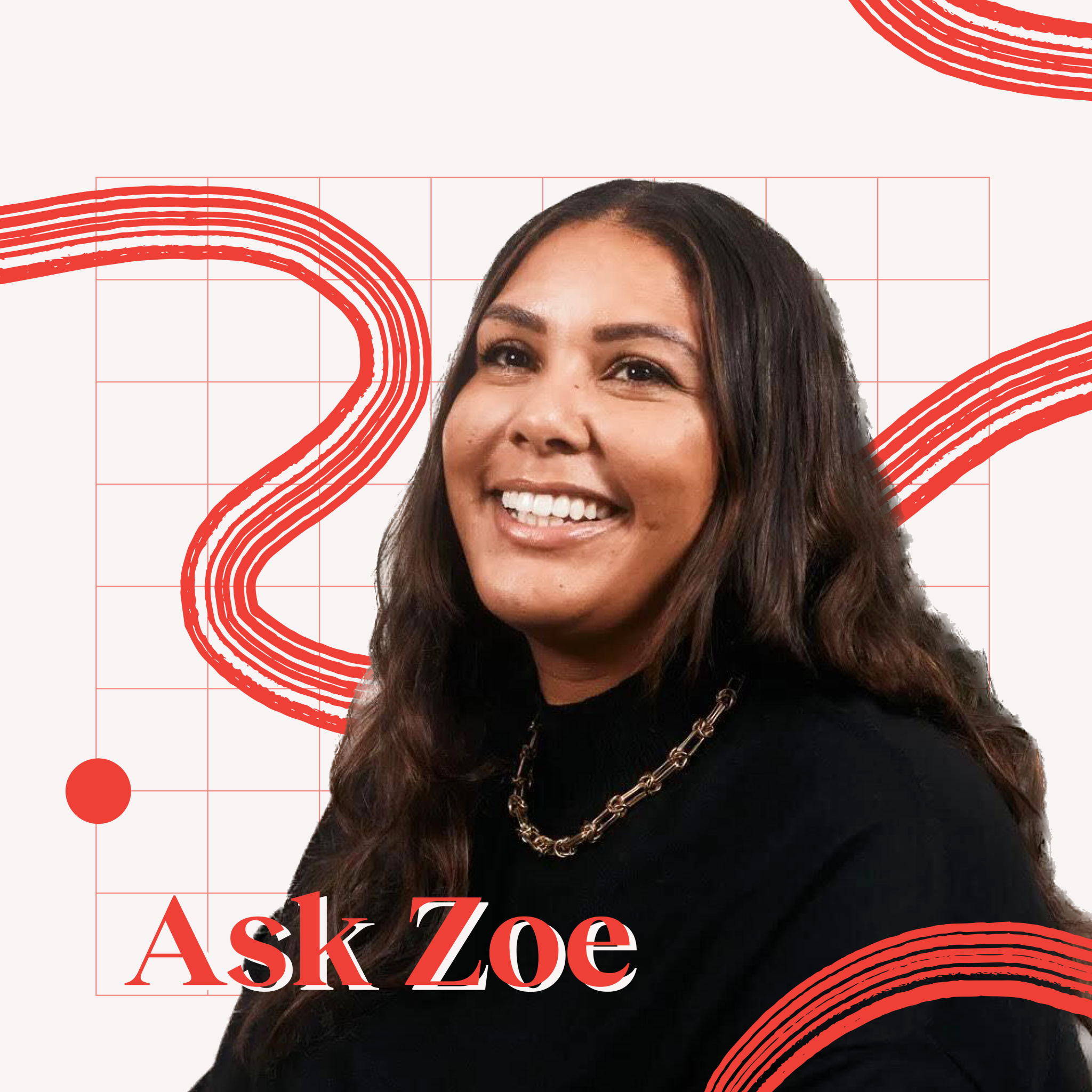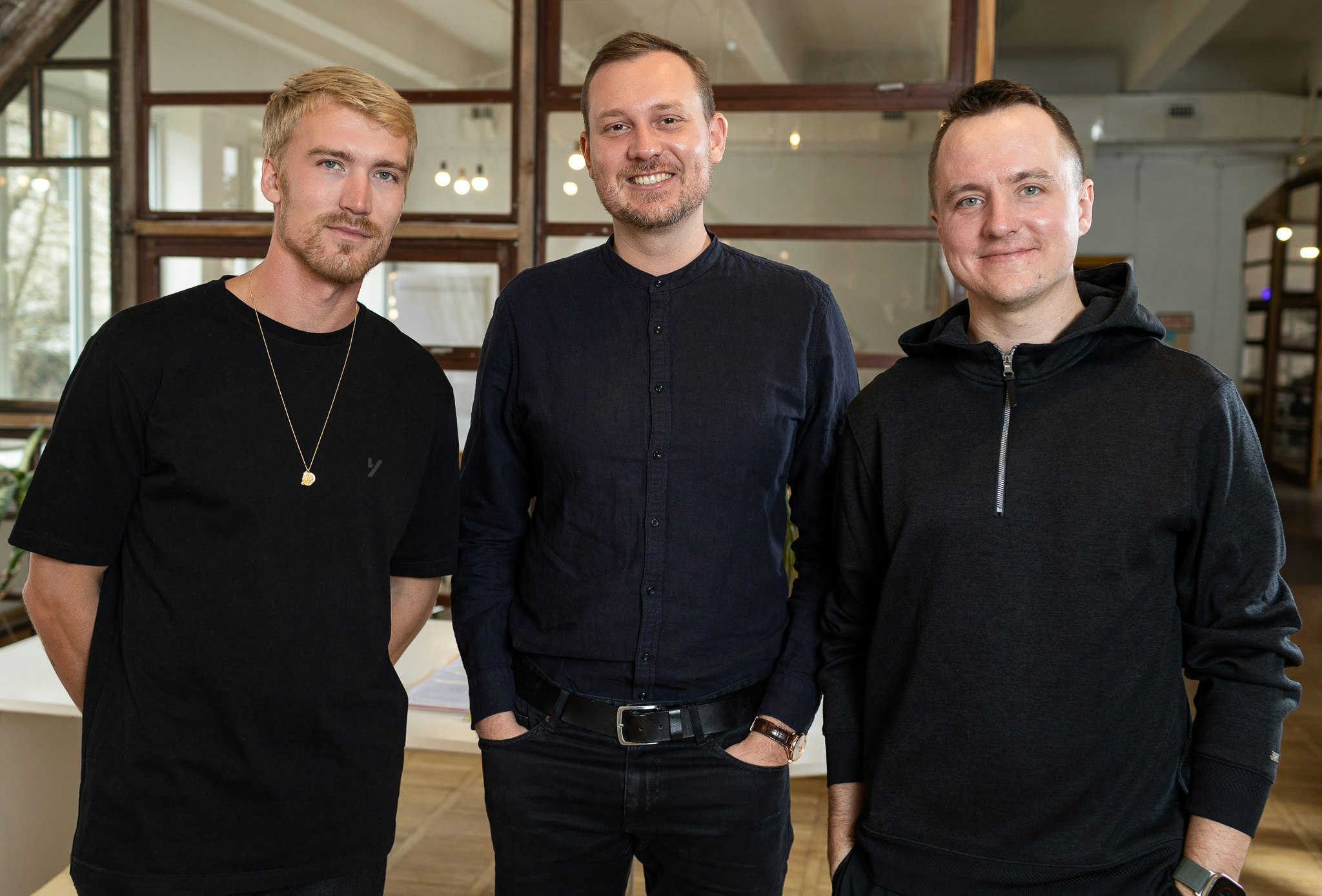I met LGBTQ+ dating app Taimi’s team at Web Summit, where I interviewed their CEO on stage about the future of dating and sex tech. We ended up getting into the safeguarding responsibilities B2C companies have towards their users.
“Misusing customer data and failing to safeguard users will create reputational loss and lead to losing customers and money. Businesses can operate successfully, whilst centring ethics in their operations,” says Taimi’s cofounder and COO Jake Vygnan.
Jake shares his top tips on how to safeguard your users but, he says, “all we can do is inform, recommend, educate and nurture when it comes to external use of a product, like meeting someone from a dating app. The rest of the responsibility is on the users to act and practice responsibly.”
Understand your risks
It can be data, the actions of other users, AI or human error from the team, for example. Then, figure out how to mitigate for those risks:
- What is the risk and how high is it?
- How can you protect your users and your business from it?
- What will you do if it goes wrong?
There will be things you probably can’t solve. In the dating world, for example, personal safety when going on dates is a big one and that, currently, lies with the user — although you can support them by investing in user education. We have a Safety Section where users can find safety tips about in-app communication, planning the first date and even meeting up.
Take data privacy incredibly seriously
Users are trusting you with their information and your entire reputation is based on you looking after it. Internally, you need to have constant compliance monitoring. Invest in legal support to ensure you’re compliant with data privacy regulations. Pay a lot of attention to compliance with GDPR and data protection laws in other regions not regulated by GDPR.
Externally, create transparent communication about what you do with data and how you store it. Your legal team should be able to support here. Ensure you have explicit and easy-to-understand consent forms — your user needs to know exactly what they’re agreeing to. For example, are you collecting special categories of data, or using data for advertising, or wanting to send notifications about safety-awareness tips? You may have more specific uses, like if you’re a peer-to-peer app and a user shares their private data (phone number, address, etc.), you can detect the data and use it to warn users of the risk.
Invest in a complex moderation system
When dealing with customers, you want to ensure there are constant checks, so invest heavily in this company function:
- Have automated and analyst-driven checks for potential scams and fraudulent activity.
- Create a simple reporting system that allows users to flag anything they see.
- Have a rapid response rate and communicate the results to the customer — businesses should be able to respond 24/7 and act immediately to eliminate a negative or potentially dangerous user experience.
- Make sure the last step in your process is always moderated by a human.
Educate your users
Users need to understand their role in keeping the app safe and report every suspicious activity they encounter; they need to understand the rules and that’s why educating customers through the app, socials or email is key. When they’re in breach, you can notify them with a warning and explain what they did wrong. Help your users learn what is expected of them.
Build an inclusive product
To ensure people feel safe, they need to know that they have been thought about in the building of the product. As a dating app, for example, we do this by allowing users to choose between 17 sexual orientations and 22 gender identities. Some things to bear in mind:
- Ensure you make decisions based on data and do not leave space for subjective decision-making — this is hard to do when it can feel emotional.
- Data you can use includes industry benchmarks, insights from how people use your product and directly asking your users.
- Keep testing and keep measuring.
On the subject of product safety
- Think GDPR is a big-company problem? Think again. Here's what startups need to know from the Sifted archives.
- Customer experience leaders need to take privacy way more seriously.
- Customer safety vs customer experience. Here are five steps to help you get the balance right.



